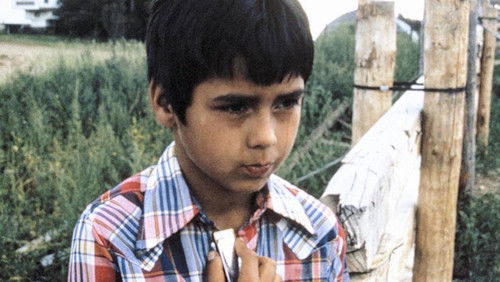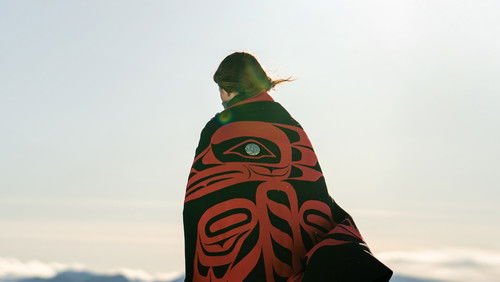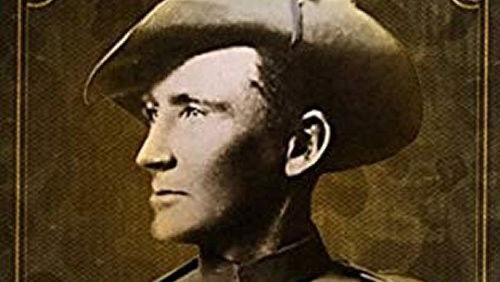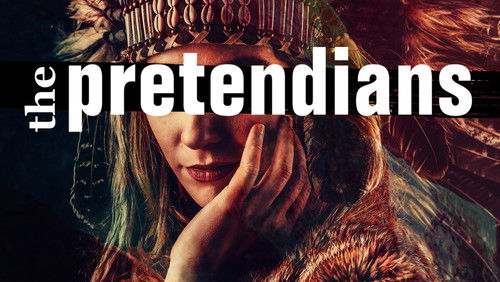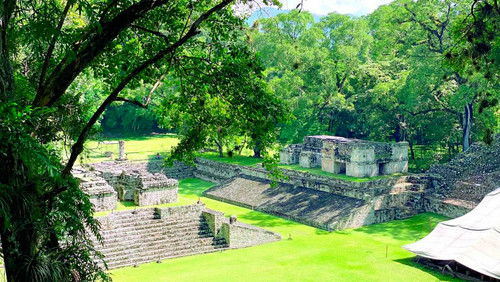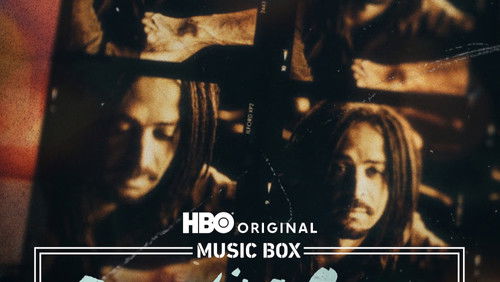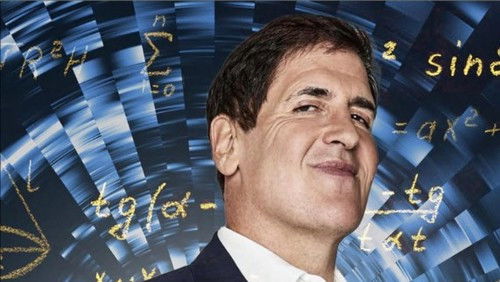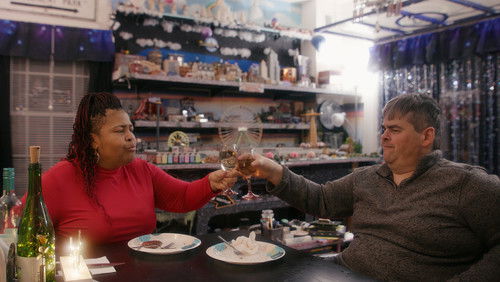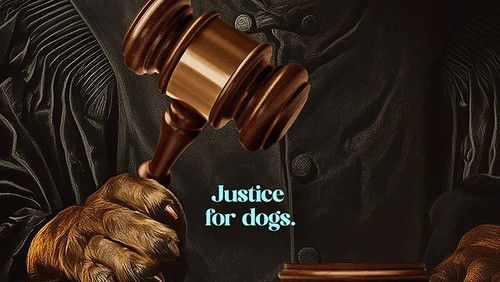Chronos (Short 1985)
59KChronos: Directed by Ron Fricke. Carefully picked scenes of nature and civilization are viewed at high speed using time-lapse cinematography in an effort to demonstrate the history of various regions.
“This is somewhere between documentary and photography. It has neither a script nor actors, and there is no narrator, no interview, and no still images. This is a moving picture, in the purest sense. The major focus is the time lapse cinematography of Ron Fricke, who also serves as director. That, and the soundtrack by Michael Stearns, is the sum total of u0026quot;Chronosu0026quot;.u003cbr/u003eu003cbr/u003eThere are deeper meanings to some, intended and accidental, but I wonu0026#39;t cheapen things by speculating on what those are. The main drive is the battle of slow versus fast, city versus nature. Much of the time lapse goes by at what appears to be the same speed, but what moves blisteringly fast in the city seems to go by without change or notice in nature. Only the slow march of shadows is apparent across rocks and old ruins. These passages are full and heavy with the weight of time. They pull like the moon on the tides, dragging you back into long forgotten history. It comes like a slow, shallow breath between trains hurtling down tracks to uncertain destinations, and the bleeding blur of strangers up escalators.u003cbr/u003eu003cbr/u003eIu0026#39;ve watched u0026quot;Chronosu0026quot; in many different contexts. Itu0026#39;s been a relaxing background to the end of a long, tired day, or the full focus of my attention as I appreciate its depth of artistry. At forty-three minutes, itu0026#39;s neither too long to drag or too short to feel cut off. Each time after watching it, I find myself out of place with the speed of things around me. I feel the need to step back and breathe, to run faster, to walk slower. Somehow, some way, u0026quot;Chronosu0026quot; changed the way I see time.”
